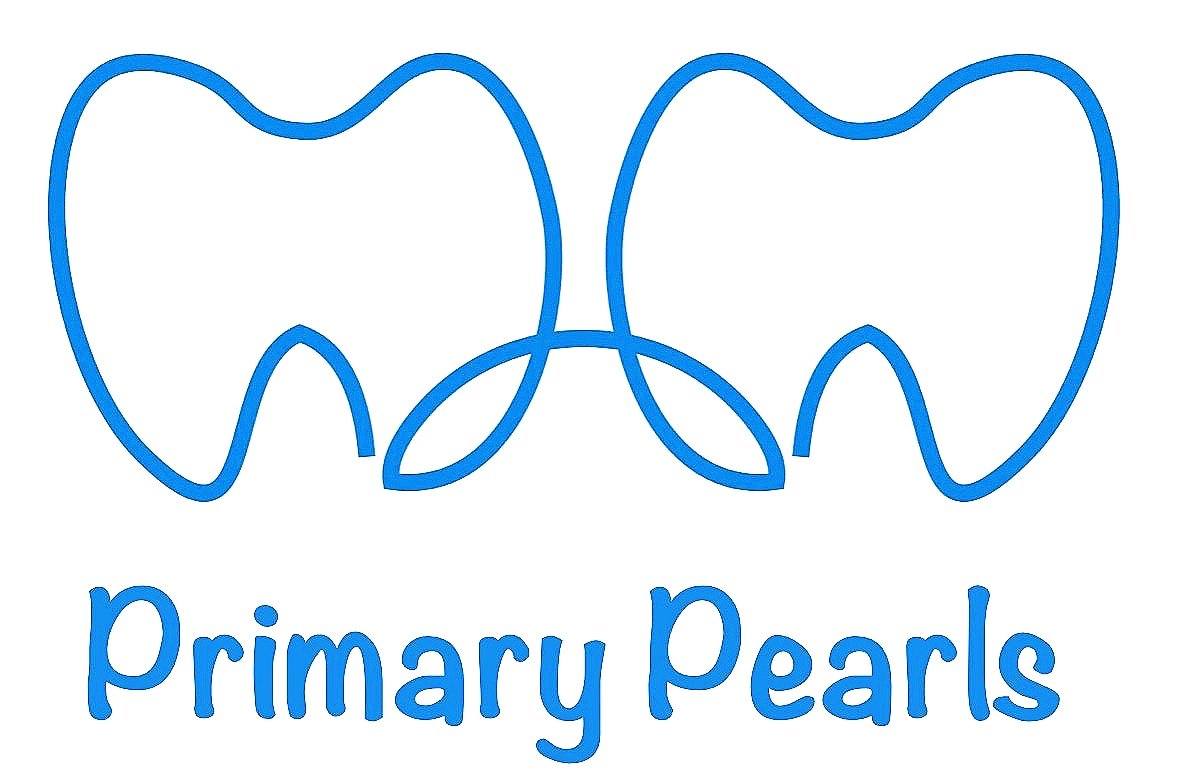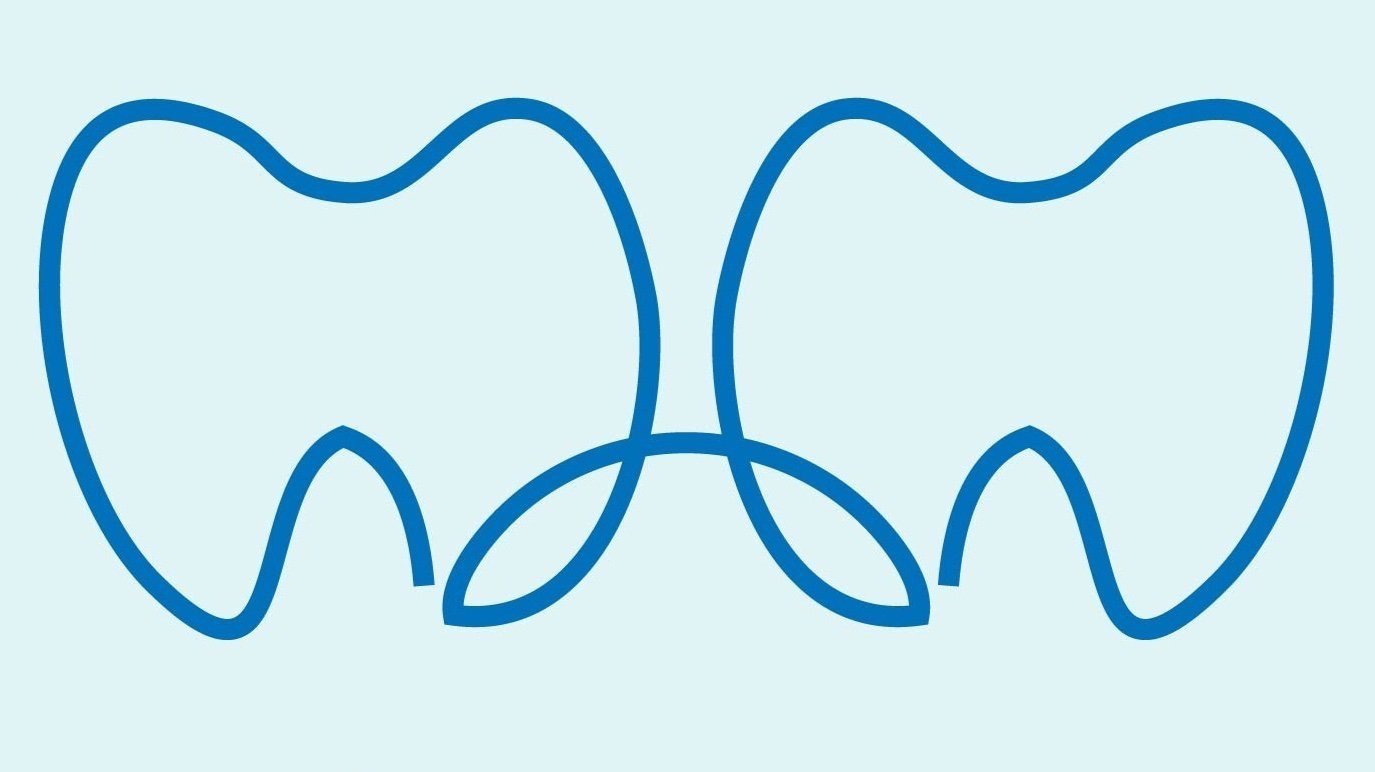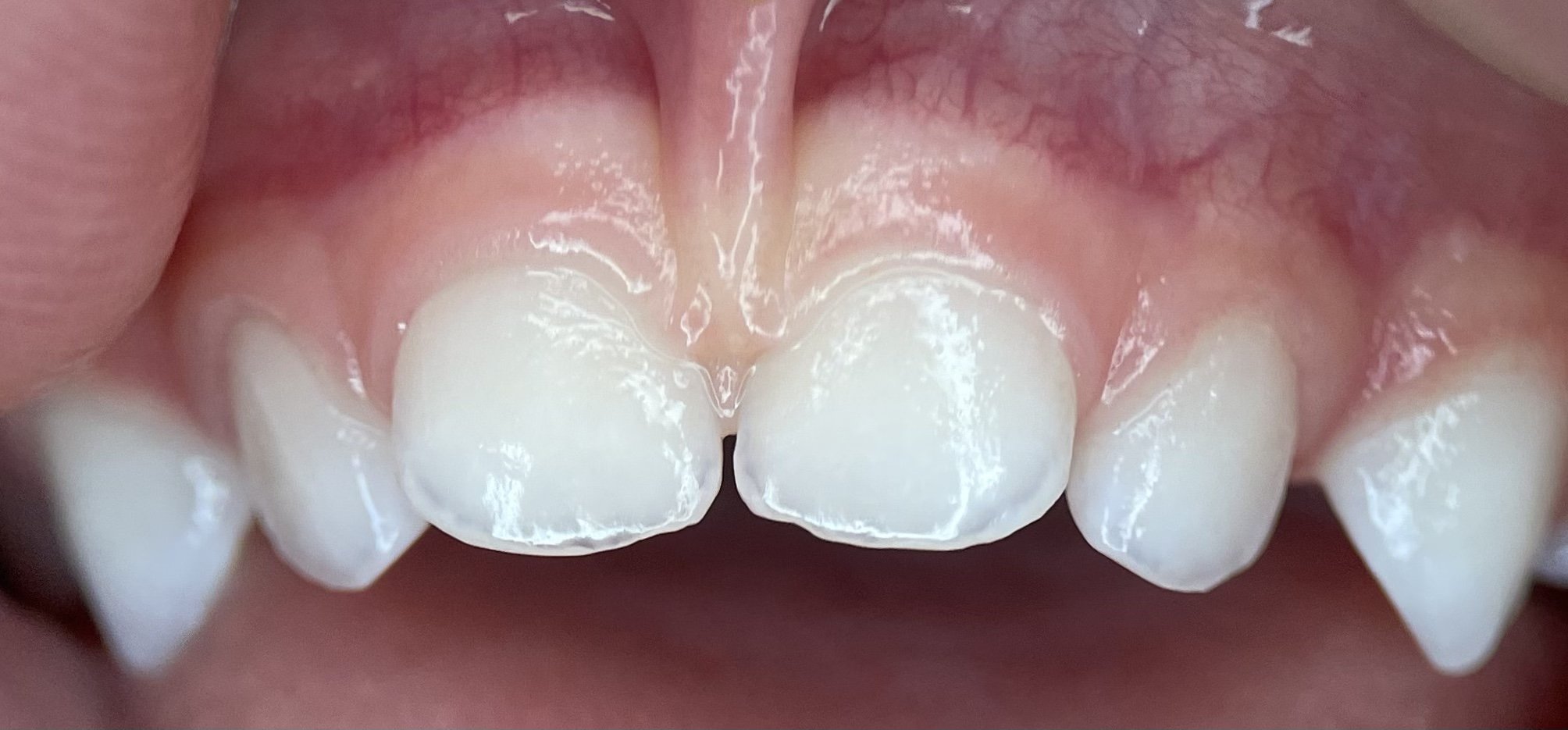What to Expect between 12 and 24 Months
THE TEETH
The canines (eye teeth) and first molars usually grow in this year.
The molars can be more uncomfortable to grow in and take a little longer than the front teeth.
Same teething strategies apply - give cold teething rings/toys and cold wash clothes to chew on.
If the discomfort is disrupting sleep, over the counter pain medication (tylenol, ibuprofen) can be given according the dosing chart (check with your pediatrician or pediatric dentist first).
OraJel is still not recommended in children due to potential adverse reactions.
If you haven’t already, now is the time to schedule a first visit with a Pediatric Dentist
If you need recommendations, this is a good place to start.
DIET
Your child may transition away from breast milk/formula during this stage.
As you introduce foods, keep them healthy and low in sugar.
When it comes to sugar and teeth - it’s not how much sugar you give, it’s how often you give it.
If you give your child something sugary, keep it with a meal or on a special occasion.
Do not make refined sugary foods common. Do not keep them in your house.
Unless advised by your pediatrician, do not give you child any liquids except for milk and water.
No Juice. No Soda. No Sugared Beverages.
HYGIENE
Continue to brush the teeth daily for about 15-30 seconds.
If you want to use a fluoridated toothpaste, use only a rice-grain size amount.
If adjacent teeth are touching and behavior allows, now is a good time to slowly introduce flossing.
Make it a fun activity. Try to brush all of the tooth surfaces the best you can. You may have to do this in quick 3-5 second intervals.
Some parents like to brush in the morning, others prefer at night, and some find it works best while your child is busy with an activity.
RESOURCES
Perinatal and Infant Oral Health Care
Avoid Oral Analgesics in Children


